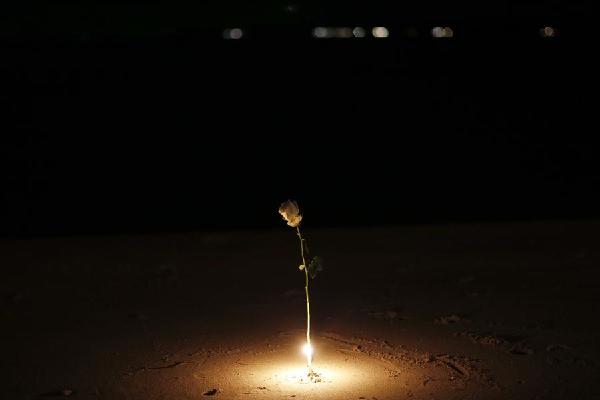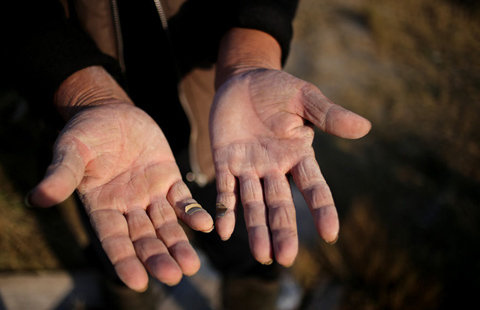UN marks 10th anniversary of Indian Ocean tsunami
Updated: 2014-12-27 07:26
(Xinhua)
|
||||||||
"Since the Indian Ocean tsunami and the adoption of the Hyogo Framework for Action in 2005, there have been substantial changes in the global thinking regarding disaster risk reduction issues," said Wahlstrom, who helped coordinate the international disaster response a decade ago.
"The tsunami acted as a wake-up call and made us understand how vulnerable we are to hazards. We cannot avoid natural hazards, but we know enough to certainly prevent them from becoming disasters," she said.
A "major life-saving measure" to emerge from the tsunami tragedy, the UNISDR press release noted, was the Indian Ocean Tsunami Warning System, which now provides alerts through three regional watch centers -- in India, Indonesia and Australia -- and via a network of 26 national tsunami information centers.
In 2012, it disseminated early warnings within eight minutes of the Banda Aceh, Indonesia earthquake.
Meanwhile, Wahlstrom said that another "great lesson" of the tsunami was that coastal urban areas should be built in "a more sustainable and responsible way," ensuring that they are able to withstand the brunt of future hazards.
"We must become more intelligent and aware in managing the risks around the location of critical infrastructure in hazard prone areas, whether the threat comes from floods, storms, earthquakes, heat waves or something else," she said.
The Hyogo Framework for Action, which expires in 2015, will soon be replaced as countries will gather next year in Sendai, Japan, to develop a new disaster-preparedness plan to complement global agreements on climate change and sustainable development goals while also enhancing effective early warning systems.
The UN Economic and Social Commission for Asia and the Pacific (ESCAP) and the government of India on Friday announced "a major new contribution" of 1 million US dollars to the ESCAP Multi- Donor Trust Fund for Tsunami, Disaster and Climate Preparedness in Indian Ocean and Southeast Asian Countries.
The Asia Pacific region, according to the UN, continues to remain "highly vulnerable to coastal hazards."
In a press release welcoming the boost in funding, Shamshad Akhtar, the executive secretary of ESCAP, said the cash injection would help strengthen early warning systems and ensure that those communities that remain vulnerable receive timely warning information in the event of a disaster.
The partnership highlights the new directional shift adopted by the international community as Member States increasingly pivot from reactive to proactive approaches, emphasizing anticipative, multi-hazard risk reduction with prevention and mitigation of natural disasters.
With 200 million people in Asia and the Pacific affected each year by a broad range of natural disasters between 2003 and 2013, and with the cost of those disasters averaging 34 billion US dollars each year between 2001 and 2010, the change in approach is essential.
Early disaster warning systems and clearly marked tsunami evacuation routes are evident in countries such as Thailand, which established a dedicated Government Department of National Disaster Prevention and Mitigation following the tsunami. In the Cambodian capital, Phnom Penh, flood protection dykes have been built and there is a nationwide early warning system for flooding.
The 2004 tsunami has had an impact on focus of UN development work in the Asia-Pacific region.
"Ten years on we have all learned lessons from the tsunami aid operation that has fundamentally altered the way we work," Ted Chaiban, director of programmes of the UNICEF, affirmed in a separate press release. "We have prioritized helping countries hit by disasters such as the tsunami to build back better -- constructing earthquake-resilient schools, introducing safer water supplies, ensuring schools prepare children for emergencies and improving legal and social measures to protect children."
In the Philippines, UNICEF's education program now includes emergency drills in schools that help prepare children for potential disasters, including the typhoons that regularly strike the country. Meanwhile, in Laos and other countries in the region, the UN agency installed disaster-resistant raised hand pumps in schools.
"UNICEF is determined that the legacy of the Indian Ocean tsunami must be more disaster-resilient societies for children -- both in the region and around the world," Chaiban said.
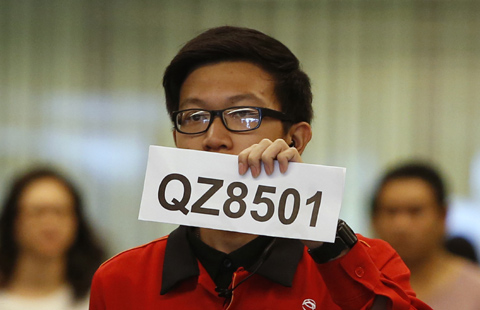
 Where did you go flight QZ8501
Where did you go flight QZ8501
 Cartoons capture 10 major China stories of 2014
Cartoons capture 10 major China stories of 2014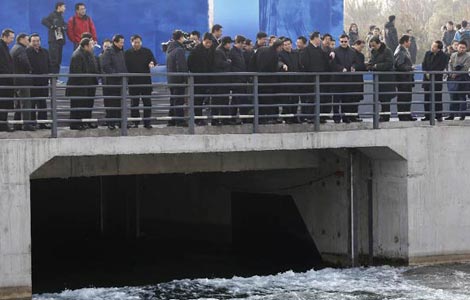
 Thirsty Beijing receives water from the south
Thirsty Beijing receives water from the south
 China's first 'bullet train ambulance' unveiled
China's first 'bullet train ambulance' unveiled
 Students sit for artistic future
Students sit for artistic future
 A day with new consul general in San Francisco
A day with new consul general in San Francisco
 Chinese dancer joins Nutcracker
Chinese dancer joins Nutcracker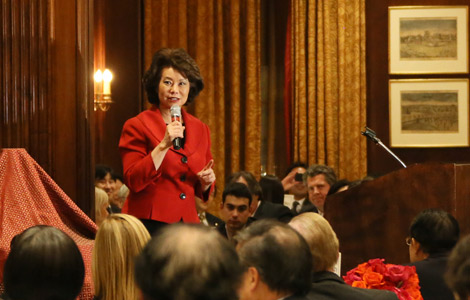
 Across America Over the Week (Dec 19 -Dec 25)
Across America Over the Week (Dec 19 -Dec 25)
Most Viewed
Editor's Picks

|
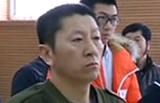
|

|

|
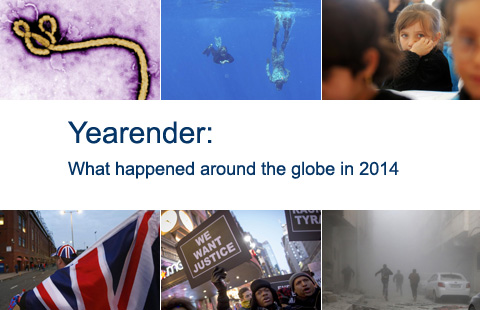
|
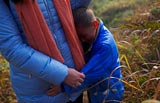
|
Today's Top News
Live Report: Flight from Indonesia to Singapore missing
AirAsia plane with 162 on board missing in Indonesia
Backgrounder: Major air accidents in recent years
DPRK Internet, 3G mobile network suffer 2nd outage
China's small schools go digital
Louis Vuitton belt brings down Chinese official
Xi gives full backing to HK system
Mega project brings water from south to Beijing
US Weekly

|

|
